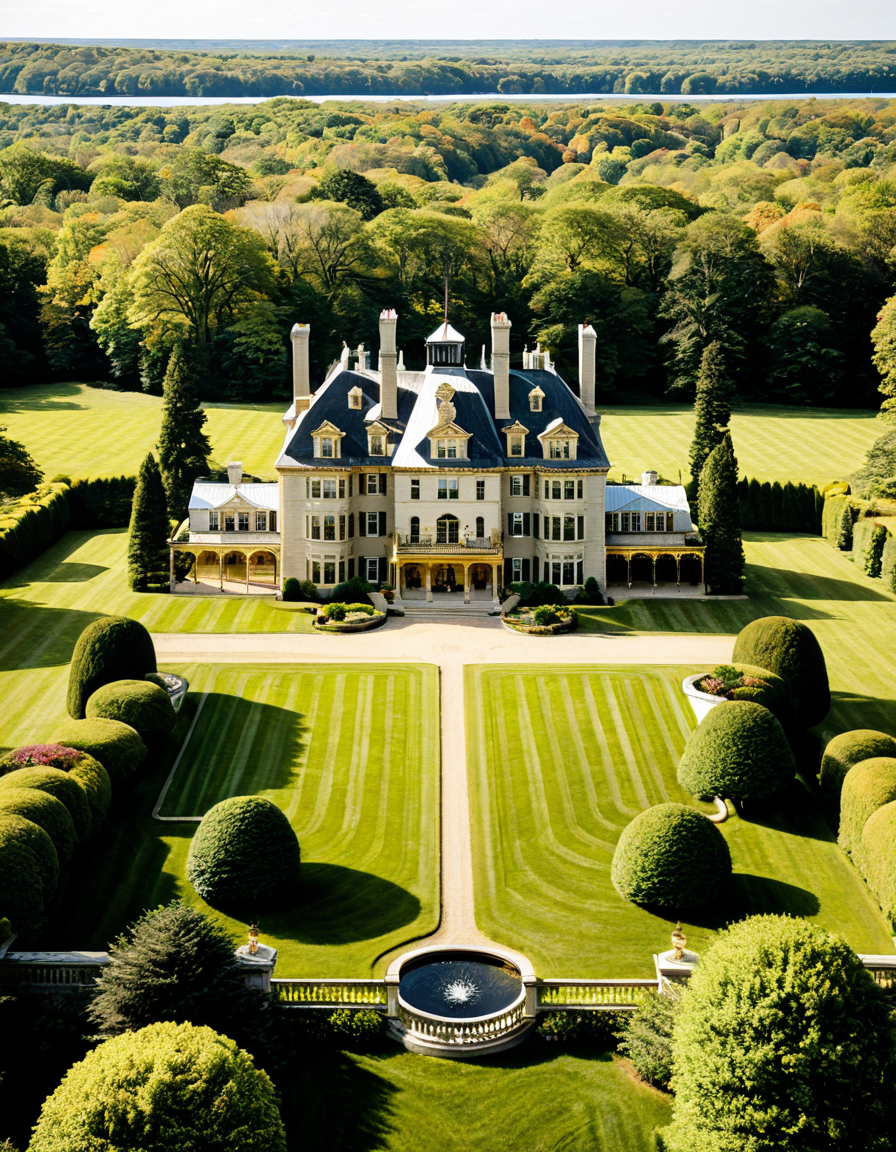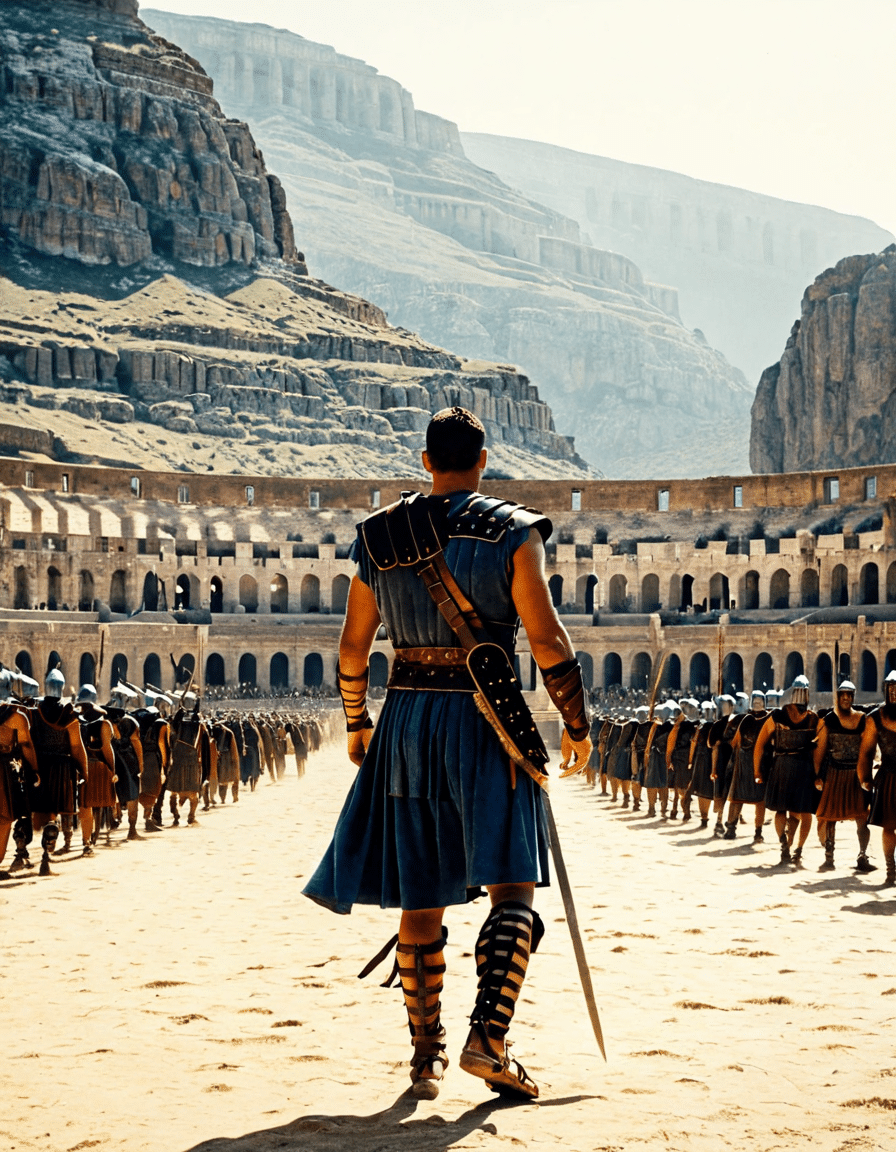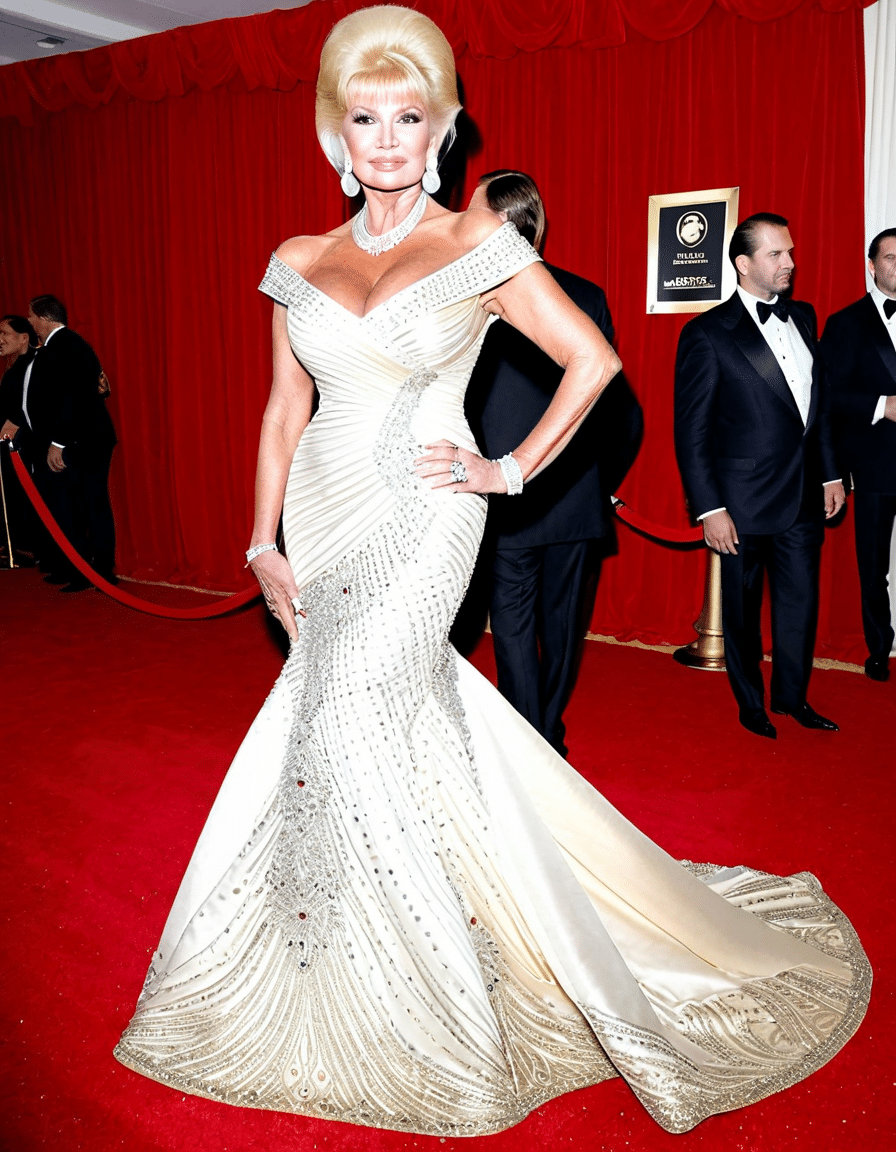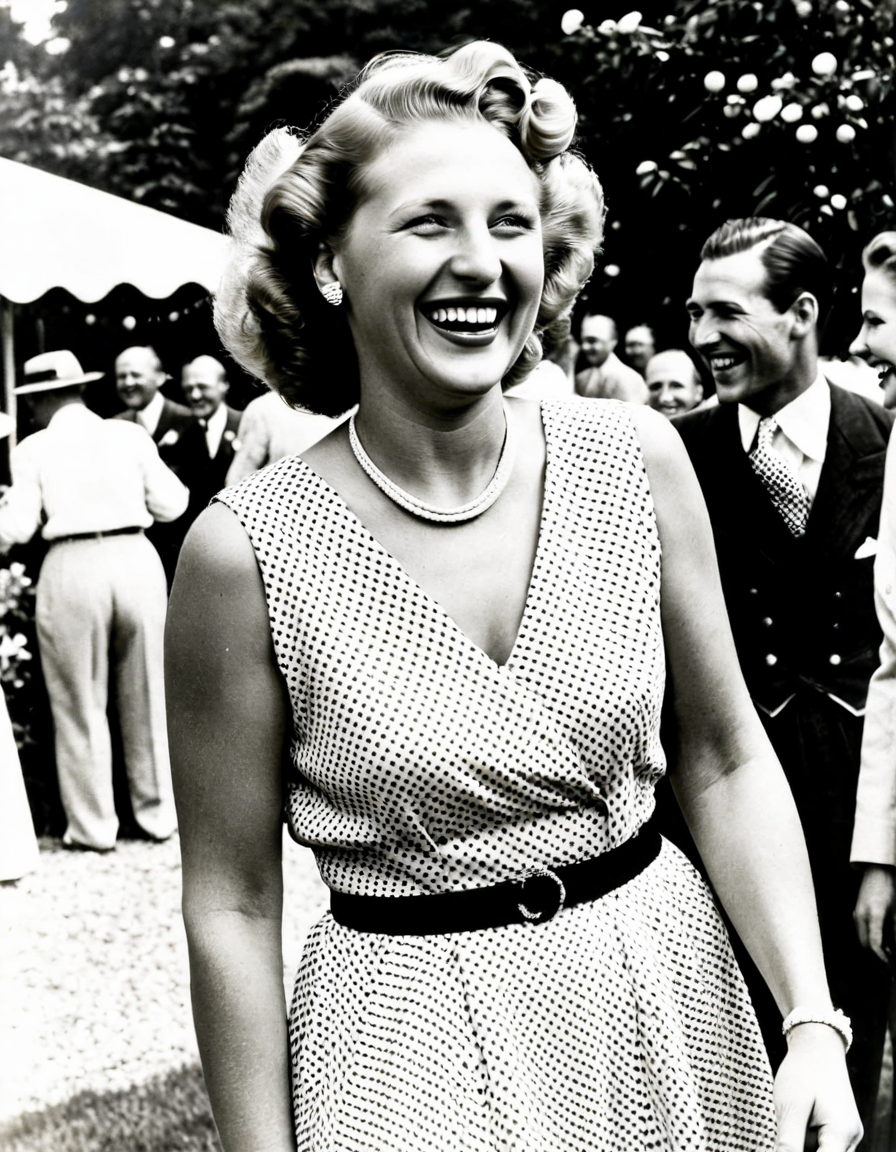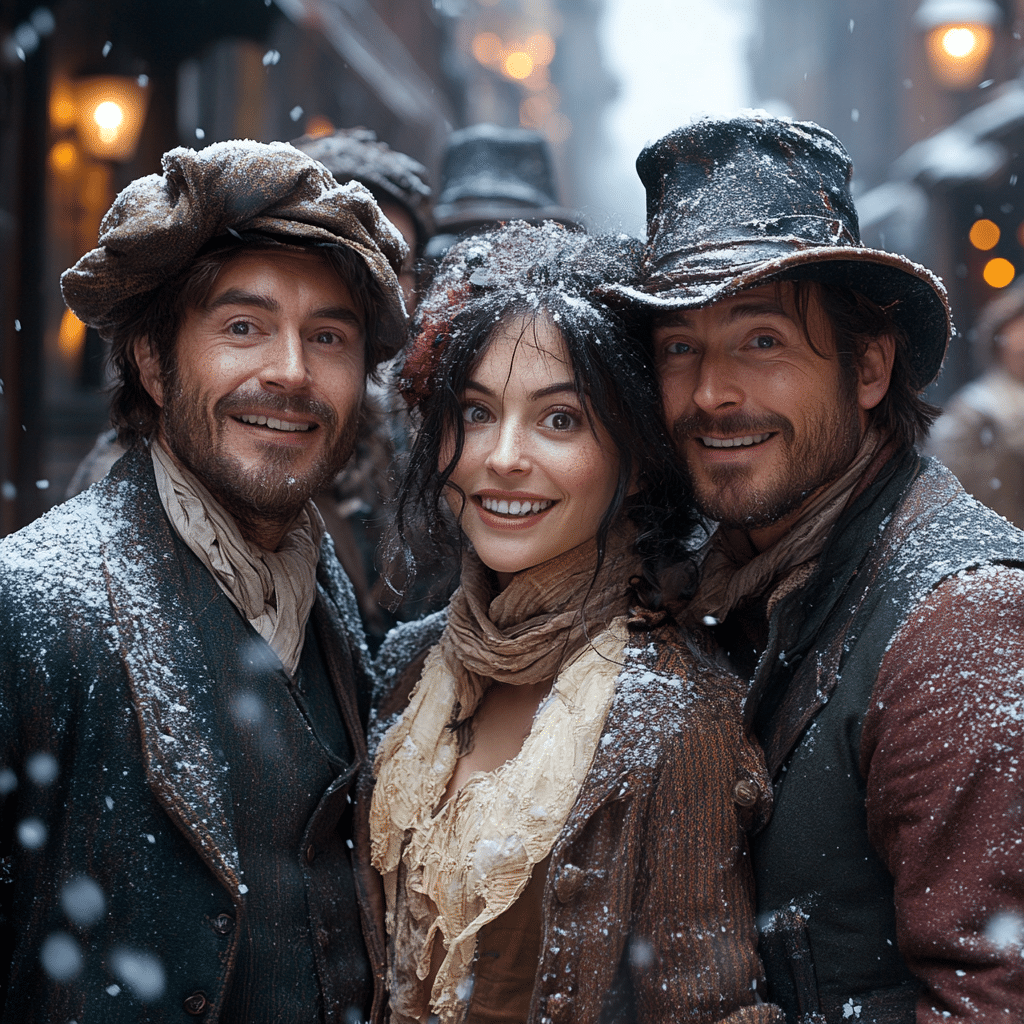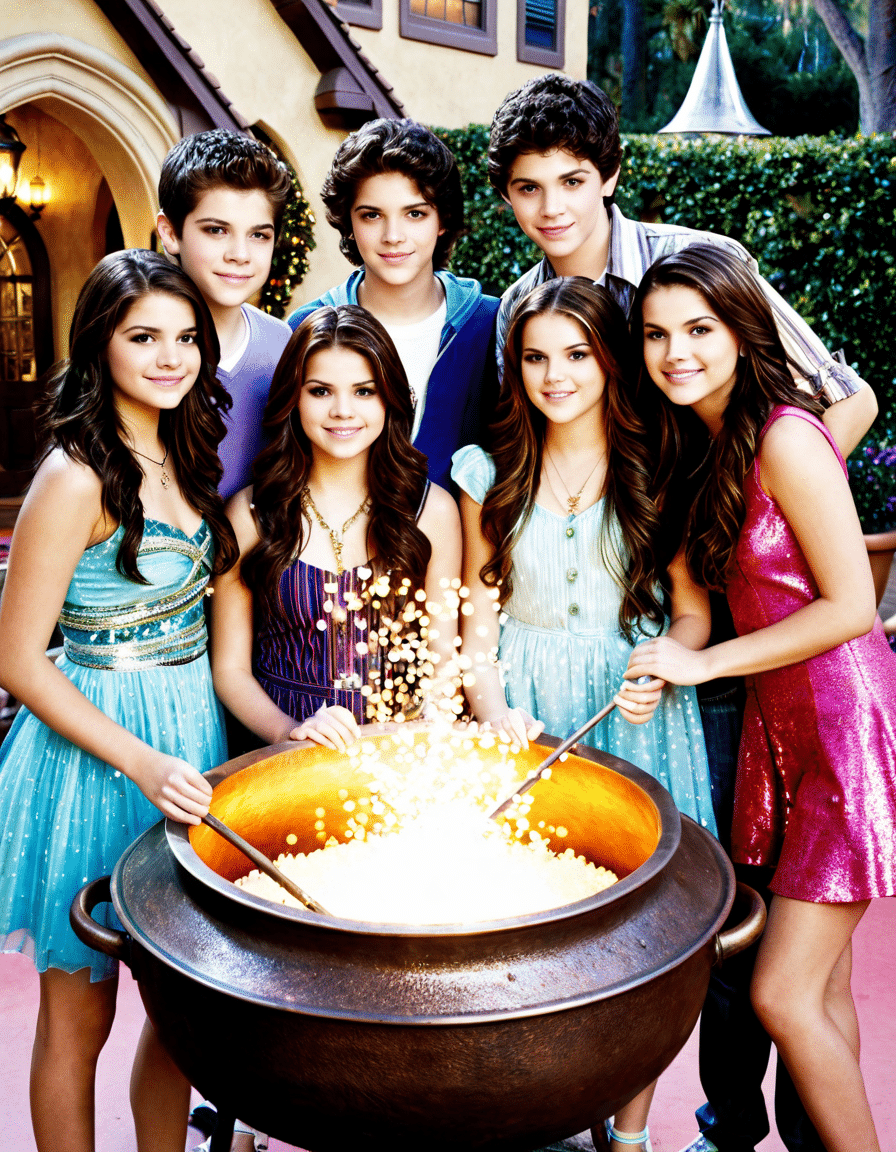Ah, the Gilded Age! This term, coined by none other than the clever Mark Twain, refers to an incredible chapter in American history that stretches from the 1870s to about 1900. During this exciting time, the U.S. experienced a whirlwind of economic growth, societal shifts, and jaw-dropping excess. Yet, amidst all the glitzy wealth stood a glaring contrast, with poverty affecting many. Let’s dive into how the Gilded Age laid the groundwork for modern America and influenced everything from technological advancements to labor rights and social reforms.
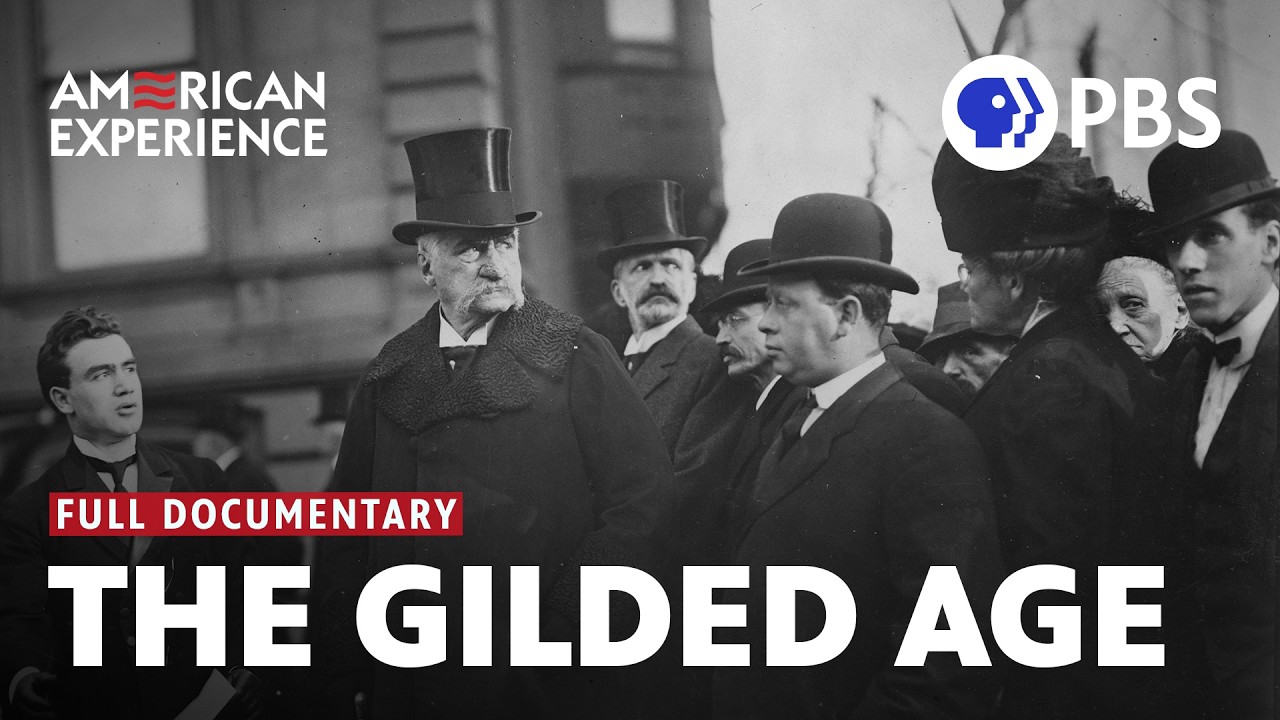
The Gilded Age: A Transformative Period in American History
During the Gilded Age, the American landscape morphed dramatically. The burgeoning industrial revolution saw cities swell with both promise and peril. Factories cropped up like mushrooms after a rainstorm, pulling in waves of immigrants ready to chase the American Dream. Yet, this rapid growth surfaced stark inequalities. While some folks enjoyed the luxuries of life, like lavish parties and golden mansions, countless others toiled in dreary conditions for meager pay.
This contrast sparked vital changes. The idea of the American Dream began to shift as it dawned on people that opportunities weren’t created equal. Labor movements, like the American Federation of Labor, were born to champion the rights of workers who were tired of getting the short end of the stick. Advocacy for women’s suffrage also gained steam during this period, with activists like Susan B. Anthony leading the charge to secure voting rights.
So, why should we care about the Gilded Age today? Well, the implications of this era are still reverberating through our modern society. The battle against wealth inequality, the push for labor rights, and social reforms all have roots in this vibrant yet tumultuous time.

Top 7 Titans of the Gilded Age: Icons of Wealth and Power
When you think of the Gilded Age, you can’t help but picture the titans who ruled the economic landscape. Let’s break down the top seven moguls who shaped this era, shall we?
1. John D. Rockefeller: The Oil Baron
Our first titan, John D. Rockefeller, founded the Standard Oil Company, changing the petroleum industry forever. He didn’t just dip his toes in oil; he dove in headfirst, employing aggressive strategies that allowed him to control a whopping 90% of America’s oil refining. While he became the world’s first billionaire, debates about monopolies and corporate ethics swirled around him. Some folks saw him as a villain; others viewed him as a visionary.
2. Andrew Carnegie: The Steel King
Next up is Andrew Carnegie, a self-made man who started from nothing and built an empire around steel. His Carnegie Steel Company wasn’t just a big fish; it was the big fish in American steel production. Carnegie believed in the responsibility of wealth, launching philanthropic efforts that would lay the groundwork for charitable contributions for years to come—think libraries, educational institutions, and more!
3. J.P. Morgan: The Banking Magnate
J.P. Morgan was a man of few words but enormous influence. As a banking giant, he played a vital role in consolidating industries and stabilizing the economy. Known for orchestrating monumental corporate mergers, like General Electric and U.S. Steel, Morgan’s impact on capitalism can’t be overstated. His legacy? The power of finance shaping the landscape of American industry.
4. Cornelius Vanderbilt: The Railroad Tycoon
Ah, Cornelius Vanderbilt—railroads were his domain! He revolutionized transportation and connected America through an extensive network of railways. His investments expedited logistics and created a marketplace that buzzed with activity. As fierce rivalries emerged, the railroads became a battleground for titans, showcasing the spirited competition defining the Gilded Age.
5. Henry Ford: The Pioneer of Mass Production
While Henry Ford might be better known for his contributions post-Gilded Age, he certainly laid the groundwork in this transformative period. His innovation of assembly line manufacturing, particularly with the Model T, made cars accessible to the everyday person. Let’s face it: Ford sparked a consumer-driven culture that reshaped American society forever.
6. Jay Gould: The Stock Manipulator
Now we get to Jay Gould, a man whose name often stirred controversy. Known for his cunning, Gould made a name for himself through stock manipulation and questionable railroad financing techniques. His story is a stark reminder of greed’s darker side and its implications in business ethics. In many ways, his legacy portrays the cautionary tales hidden within capitalism’s success stories.
7. Thomas Edison: The Inventor and Innovator
Last but certainly not least is Thomas Edison. While not your classic tycoon, his inventions during the Gilded Age ignited a wave of innovation. The electric light bulb? Yeah, that was him! His entrepreneurial spirit captured the essence of this era, changing how people lived and worked. Edison’s legacy pushes us to embrace creativity and innovation in all walks of life.

The Gilded Age’s Legacy: Social Change and Reform Movements
Every action has a reaction—especially in the cacophony of the Gilded Age. The rampant inequality and exploitation made it clear that changes were necessary. As workers endured poor conditions, the emergence of labor unions, like the American Federation of Labor, signaled a turning point. It was about standing up for better wages and rights, and the movement gained tremendous traction.
Speaking of movements, the women’s suffrage movement surged during this time, with fearless leaders like Elizabeth Cady Stanton and Susan B. Anthony rallying for equality. Can you imagine a world where women didn’t have the right to vote? Thankfully, these women paved the path toward the voting rights we cherish today.
Another layer of reform emerged from the political corruptions exemplified by Tammany Hall and Boss Tweed in New York City. Reformers aimed to wipe out bribery and corruption, pushing for myriad changes in campaign finance laws and voting regulations. The Progressive Movement blossomed from these efforts, showcasing a collective yearning for change.

The Gilded Age: Reflections in Modern Society
Fast forward to today, and you’ll notice echoes of the Gilded Age still resounding throughout American society. Modern discussions about wealth inequality and corporate monopolies are eerily similar to those from over a century ago. With billionaires like Elon Musk and Jeff Bezos hogging headlines, we can’t help but reflect on the titans of the past.
Despite our advancements, the struggle for equity and justice persists. Just as in the Gilded Age, workers today advocate for fair wages and labor rights, underscoring a legacy that refuses to fade. The ongoing fight for social reforms reminds us that we’re on a journey—one started generations ago.
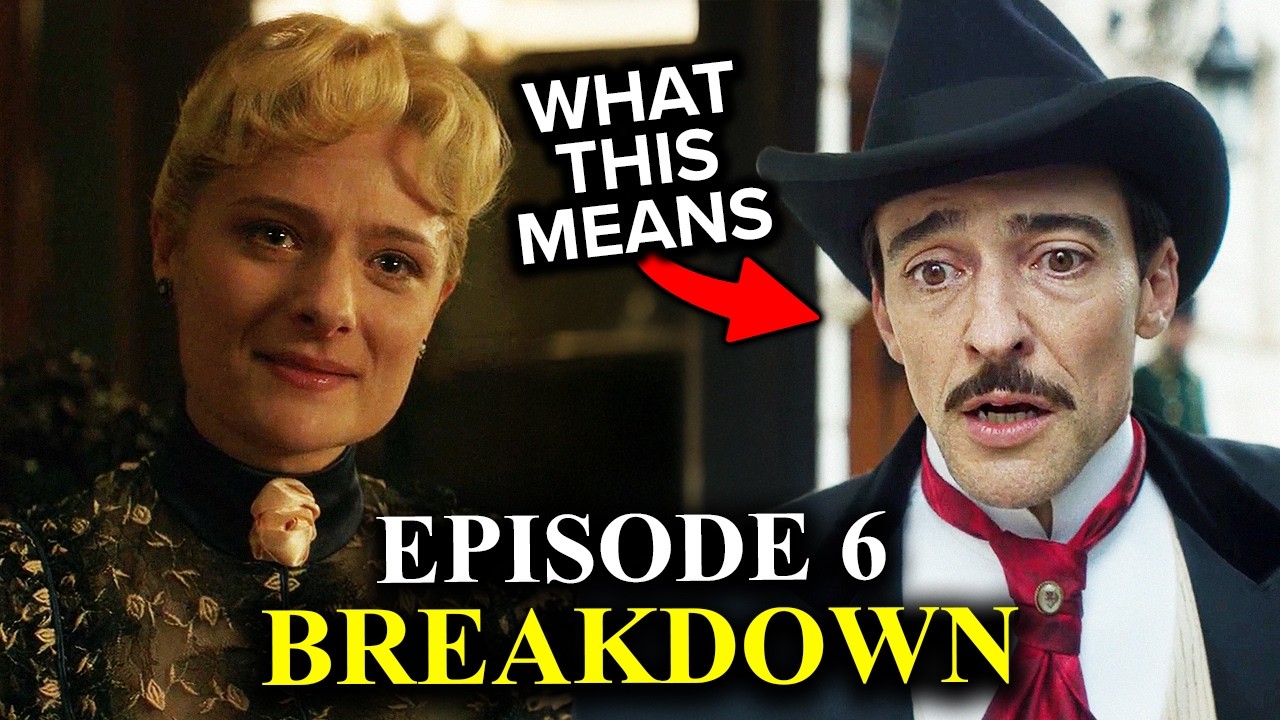
Embracing the Gilded Age: Lessons for a Modern America
As we peel back the layers of the Gilded Age, it’s clear that this era is not merely a bygone chapter; it’s a vibrant page in our ongoing story. The extraordinary wealth creation, coupled with the profound social issues, teaches us the significance of balancing prosperity with social responsibility.
Reflecting on the lessons of the Gilded Age can inspire us today. It’s essential to champion for an equitable society where wealth isn’t merely concentrated among a few but shared by many. As we continue this journey, let’s embrace the wisdom of the past to better navigate our future. After all, history is not just about what happened; it’s about what we can learn and how we can grow from it.
Whether it’s through discussions on platforms like The Good fight or exploring Next Friday as a cultural touchpoint, the lessons from the Gilded Age remain relevant. Ultimately, as we build toward a better tomorrow, let’s remember the quirks, lessons, and challenges of the Gilded Age—because history shapes our trajectory and offers invaluable insights.
So here’s to the Gilded Age: a time of change, challenge, and an enduring legacy that continues to inspire conversations and actions in our modern world.
The Gilded Age: A Stunning Era of Wealth and Change
Fun Trivia and Interesting Facts about The Gilded Age
Ah, the Gilded Age! This fascinating period from the 1870s to the 1900s was boiling over with extravagance, progress, and the unmistakable smell of change. Did you know that the term “Gilded Age” was coined by Mark Twain? He referred to it as a time when society’s surface shimmered with gold, but underneath, many issues bubbled away. Just like how a rollercoaster ride can look thrilling but feel scary — that’s the duality of the Gilded Age! The wealth disparity was staggering; while some enjoyed luxurious lifestyles reminiscent of a king’s palace, many laborers toiled in miserable conditions. In a curious way, the era’s extremes might remind you of how people flocked to Park City Ski resort, seeking the thrill of adventure even as wealth divides loomed.
As grand palaces rose, so did the flourishing of culture and entertainment. This era saw the birth of many American traditions, from the beloved Muppets to vaudeville acts, which entertained the masses. Innovative forms of leisure began to take shape, making this time one where art and industry collided. Additionally, Merida, Mexico emerged as an intriguing destination, much like how the Gilded Age opened doors to new opportunities and escapes for those wanting to experience life beyond their everyday routine. With the world transforming and new technologies advancing, it feels like the Gilded Age was the perfect cocktail of excitement and innovation — shaken, not stirred.
However, it’s not all glitz and glam. The era also inspired some skepticism and societal critiques. While mega-wealthy tycoons were the stars of the show, voices like Doris Sherman williams surfaced, spotlighting the hidden struggles of the poor. Speaking of portraying life’s extremes, the film Demolition Man echoes that blend of futuristic dreams and societal issues, much like what America faced during the Gilded Age. Change was in the air, and in many ways, the rapid development paved the way for the modern social fabric we navigate today. Each character and story from this era resembles a piece of a puzzle, much like the multifaceted John Beasley movies and TV shows that reveal the complexities of human experience.
So there you have it — the Gilded Age isn’t just an era; it’s a treasure trove of stories, lessons, and unexpected connections. Each thread intertwined from wealth and innovation to struggle and change made this time a monumental chapter in American history. Whether it’s through films like Red Arrow, which capture the spirit of transformation, or the vibrant cultures sprouting from this ivory tower of wealth, the Gilded Age reminds us of the beauty and grit of human ambition. Who wouldn’t want to dive into such rich narratives that shaped the very landscape we know today?
